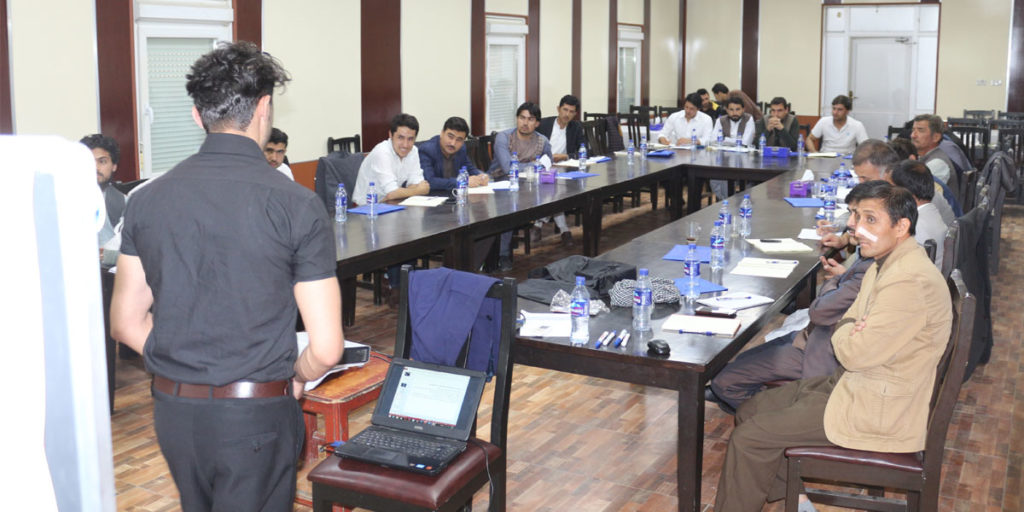
The design of the capacity development programs for the Afghan workforce of civil service organizations in public and private contexts requires in depth revision. Holding short term, generally designed trainings that weigh more on theory than on practice can hardly fill the capacity gaps; a training in construction scheduling that takes 25 days and covers very general and theoretical issues, does not equip the trainee to be able for working as small construction project scheduler; the private or public entities who are offered trainings in business administration or engineering context, are usually not evaluated and an externally designed training is held for their employees; practical work in comparison to the contents and duration of the trainings is much less.
Based on your experiences from the trainings that we have held inside AEA or outside for the employees of certain organizations, we have found that the trainees usually don’t express their consent with regard to the contents and methodology of the delivery of the trainings; a trainee holding two certificates for the engineering construction surveying training he had received each for a month, registered for the training at AEA; we asked him the reason of taking the course for multiple times. He declared that the trainings did not address particular and practical items that an engineer or engineering college student would need to take; he further elaborated that an initial assessment for distinguishing the level of understanding of the trainees had not been undertaken and thus, the trainings he had taken had covered issues that he was previously familiar with.
With regard to the contents of the training, it is not to leave unsaid that yet a uniform curriculum for particular business administration or engineering classes that would meet the requirements of the market demand, does not exist. AEA as per the signed memorandum of understandings with the training centers, have realized that lack of coordinating between the private and public entities and the job seekers have caused this nonconformity; for a typical project management training, one training center has developed handouts that concentrates on a particular methodology of project management, while other training center has developed a different methodology. Now, the question rises, that which methodology is the preferred one. This question would be answered based on a demand assessment in the prevalent market of the country, which unfortunately most of the training centers and donor agencies come short with regard to.
Given that AEA has a clear approach for undertaking the training in an effective manner, we are seeking for opportunities that we would seize in terms of providing our services that would develop the capacity of the Afghan workforce. The areas in which gaps in terms of effectiveness exist are going to be assessed particularly for each organization or group of individuals for whom we are going to hold trainings. AEA has a database of the private and public entities and we have developed with most of them mutual cooperation agreements in terms of providing them the required engineering and business administration workforce and other engineering or business related services. Analyzing our records, we will be able to develop curriculums for every course that with comply with the market demand. With regard to the consistency of the trainings, AEA would represent particular schemes that would tackle trainings that would need to be continued and delivered in a manner that would last to six months in duration and would cover some certain courses. Certified engineers of these trainings that we are going to design and implement will be equipped with the required knowledge of working in the areas that the trainings will cover.